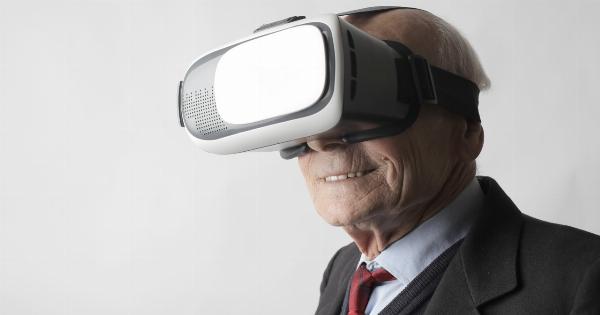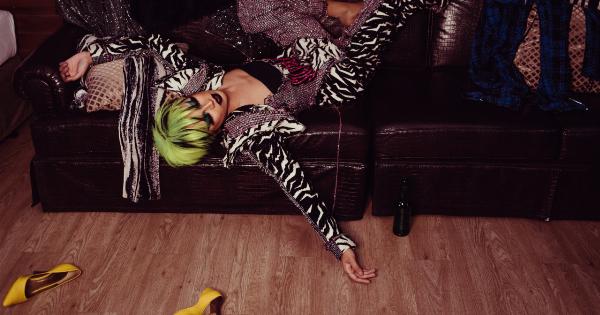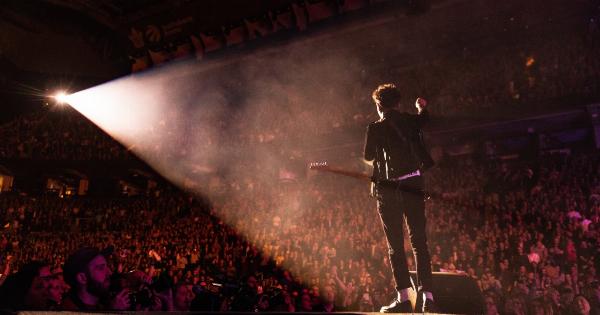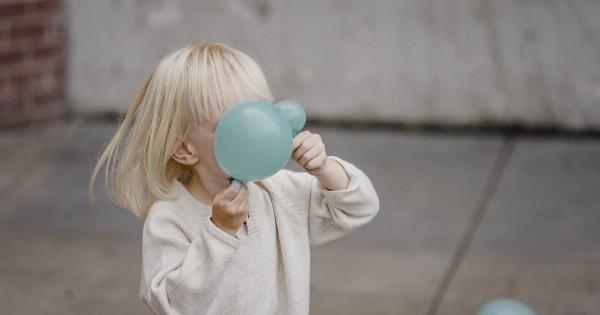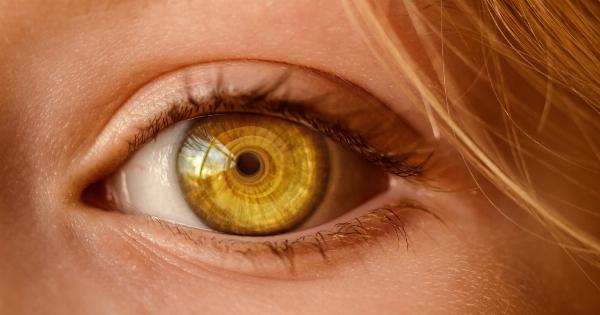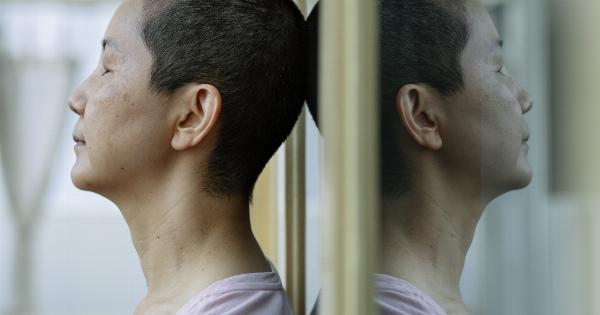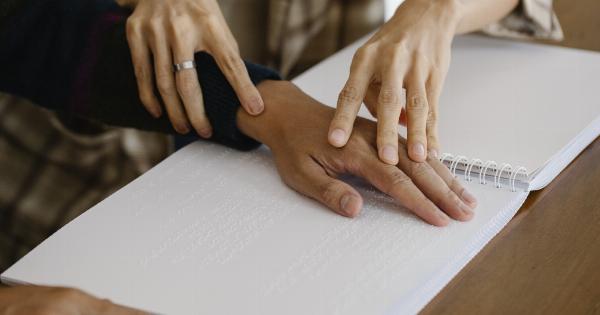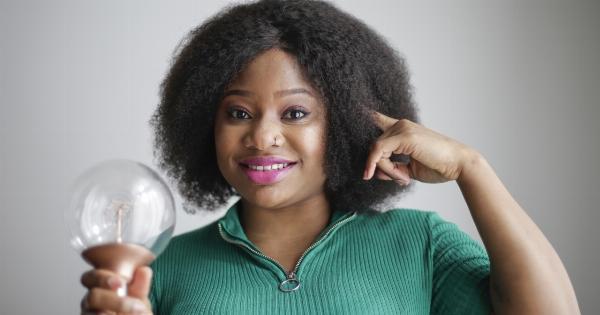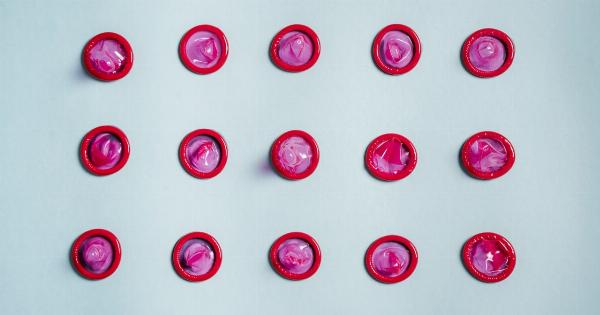Sexual attraction is a complex phenomenon that varies from person to person and is influenced by various factors.
While men and women share common biological mechanisms that contribute to their arousal, there are notable differences in what turns them on. This article aims to provide a comparative analysis of the factors that ignite desire in men and women.
The Role of Biological Factors
Biologically, both men and women experience arousal through the release of hormones such as testosterone. However, the levels and effects of these hormones differ between the sexes.
Men tend to have higher testosterone levels, which contribute to their higher sex drive and preference for physical attractiveness in potential partners. On the other hand, women experience fluctuations in hormone levels throughout their menstrual cycle, impacting their desires and preferences.
Physical Attractiveness
Physical appearance plays a significant role in stimulating desire for both men and women. However, the attributes considered appealing may differ.
Men are generally attracted to physical features that signify fertility and health, such as an hourglass figure in women. Women, on the other hand, tend to be more attracted to traits that indicate stability and resources, such as a strong jawline and broad shoulders in men.
Emotional Connection
While physical attraction is important, emotional connection also plays a pivotal role in igniting desire. Women tend to place a higher emphasis on emotional intimacy, feeling desired, and a sense of security.
Men, although may not prioritize emotional connection to the same extent, still value it and find it arousing.
Psychological Factors
Psychological factors significantly influence sexual arousal for both men and women. While fantasies and imagination can play a role in turning both genders on, the content and nature of these fantasies might differ.
Men often have more visual and explicit fantasies, whereas women tend to engage in more complex and emotionally-driven scenarios.
Novelty and Variety
Both men and women can be stimulated by novelty and variety in their sexual experiences. However, research suggests that men are generally more responsive to sexual novelty and variety compared to women.
The element of surprise and novelty can enhance arousal levels for men, while women may require a deeper emotional connection or contextual factors alongside novelty.
Social and Cultural Influences
Social and cultural factors significantly impact what turns men and women on. Societal norms, media representations, and cultural conditioning shape our desires and preferences.
The specific beauty standards portrayed in media can influence men and women differently. For instance, women’s attractiveness is often associated with youthfulness, while men are often depicted as desirable based on their financial success.
Communication and Openness
Effective communication about desires and preferences is essential for a satisfying sexual relationship.
While both men and women appreciate partners who express their needs openly, studies suggest that women tend to value verbal communication and emotional connection more than men. Open communication fosters a deeper understanding of each other’s turn-ons and can enhance sexual satisfaction.
Role of Foreplay
Foreplay is vital in setting the stage for arousal and initiating sexual activity.
Both men and women enjoy different forms of foreplay, but research suggests that women generally require more time and stimulation to reach their peak arousal compared to men. Engaging in activities such as kissing, caressing, and oral sex can heighten arousal for both genders.
Factors Impacting Libido
Many factors affect libido in men and women, often with differences between the sexes. Stress, fatigue, and hormonal changes can lower desire in both genders.
However, women may experience a greater fluctuation in libido depending on their menstrual cycle, pregnancy, or menopause. Additionally, psychological factors such as body image concerns, relationship issues, and past experiences can impact the level of desire.
Conclusion
While men and women share some common factors that turn them on, there are notable differences in what ignites desire. Biological, psychological, and socio-cultural factors all contribute to shaping individual preferences and arousal patterns.
Acknowledging these differences and embracing open communication can foster a more fulfilling and satisfying sexual relationship.




